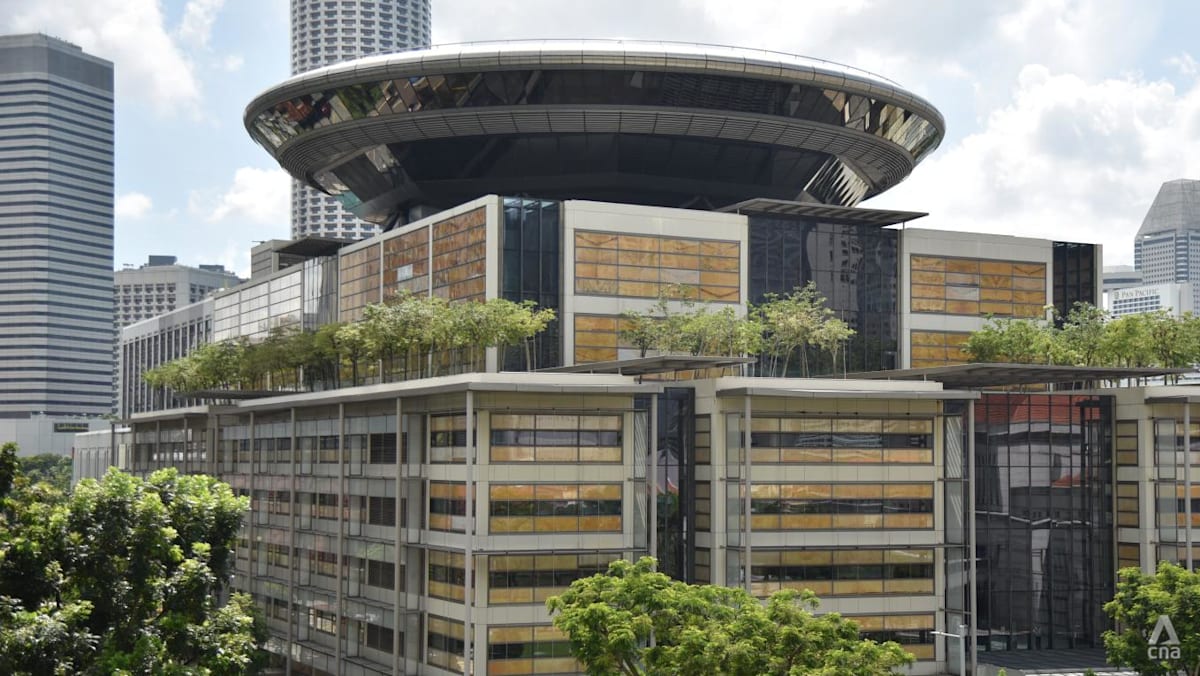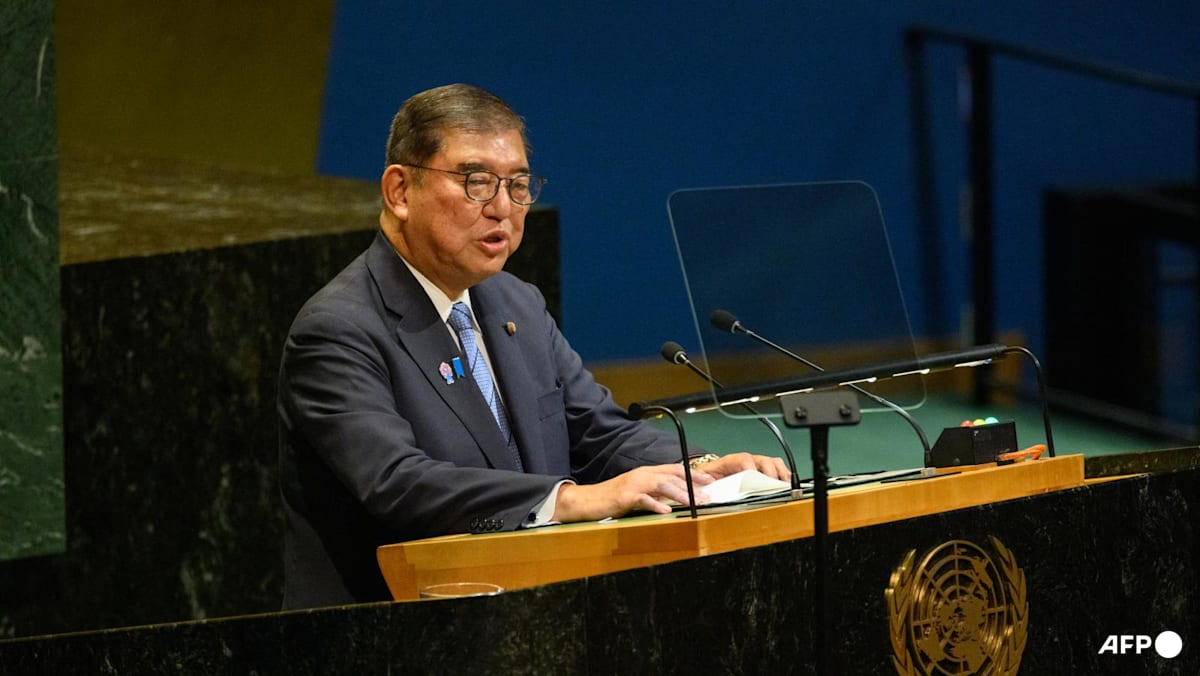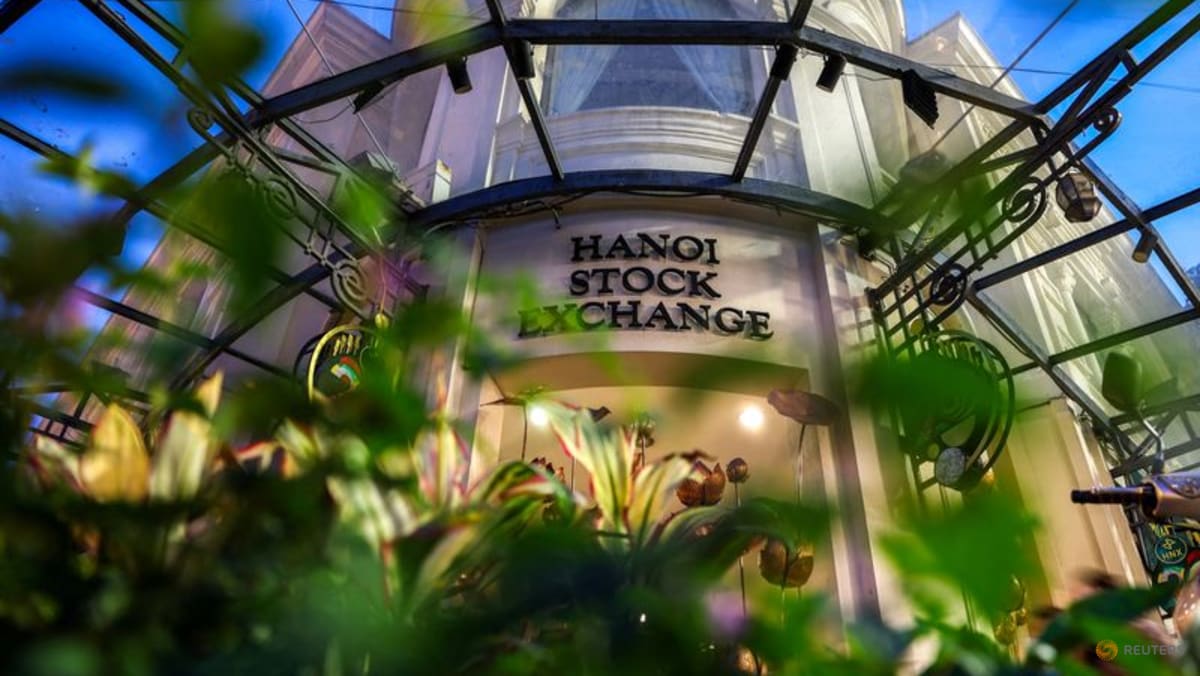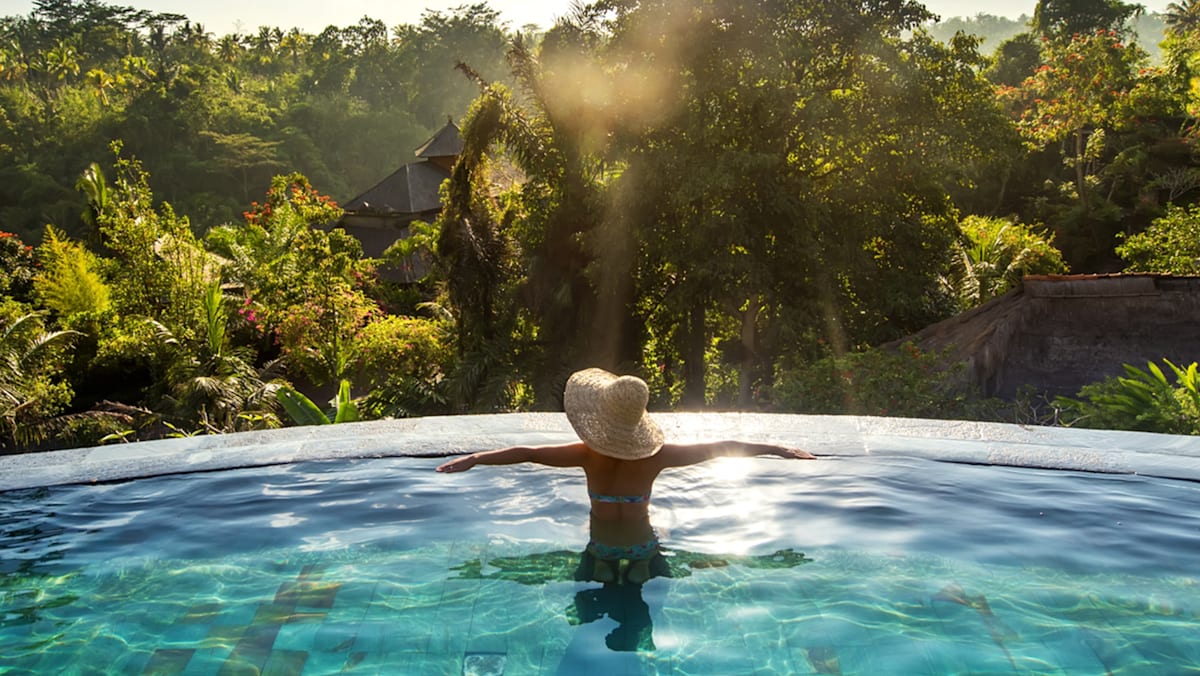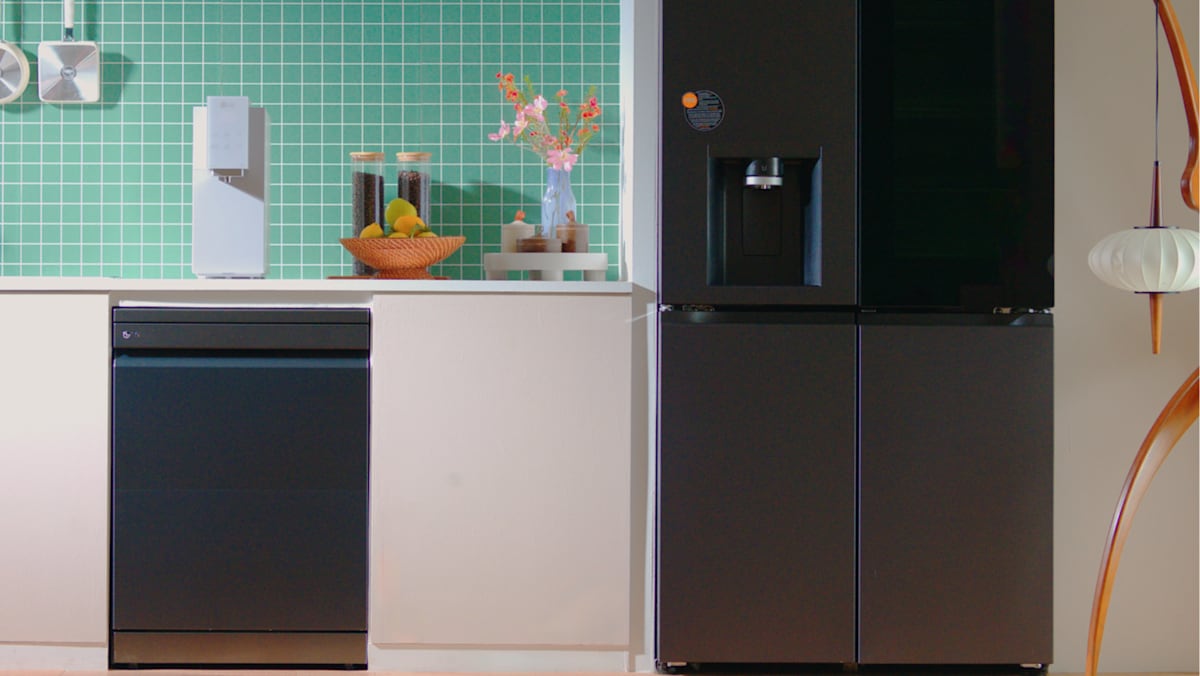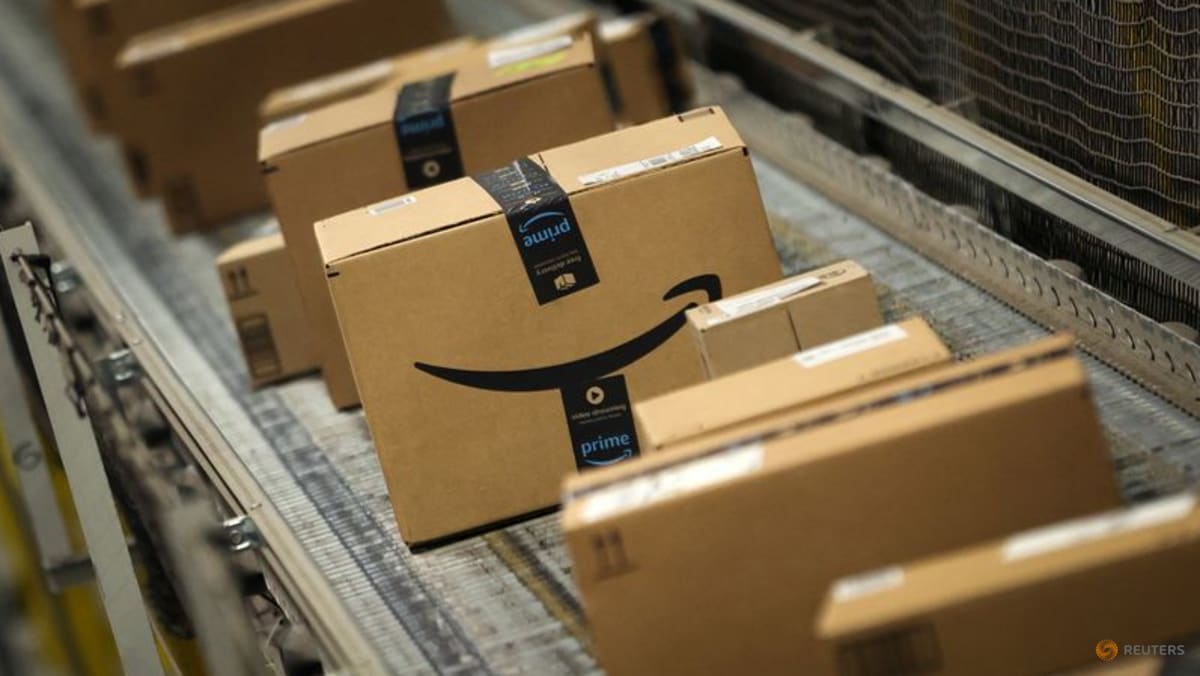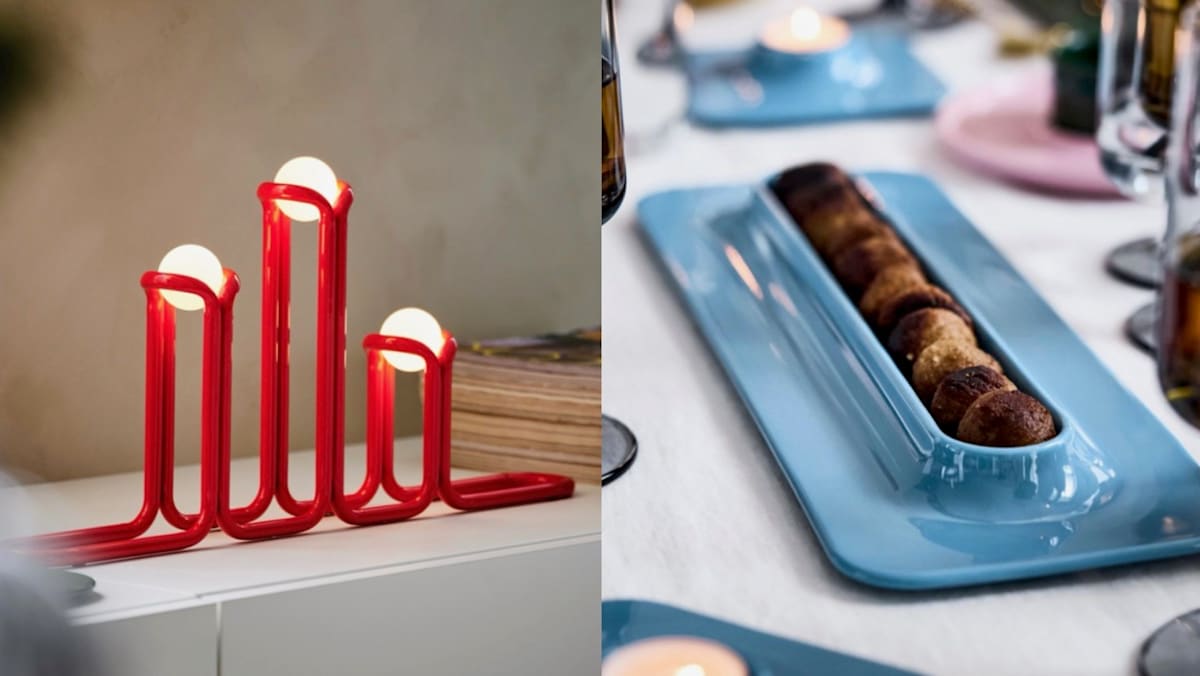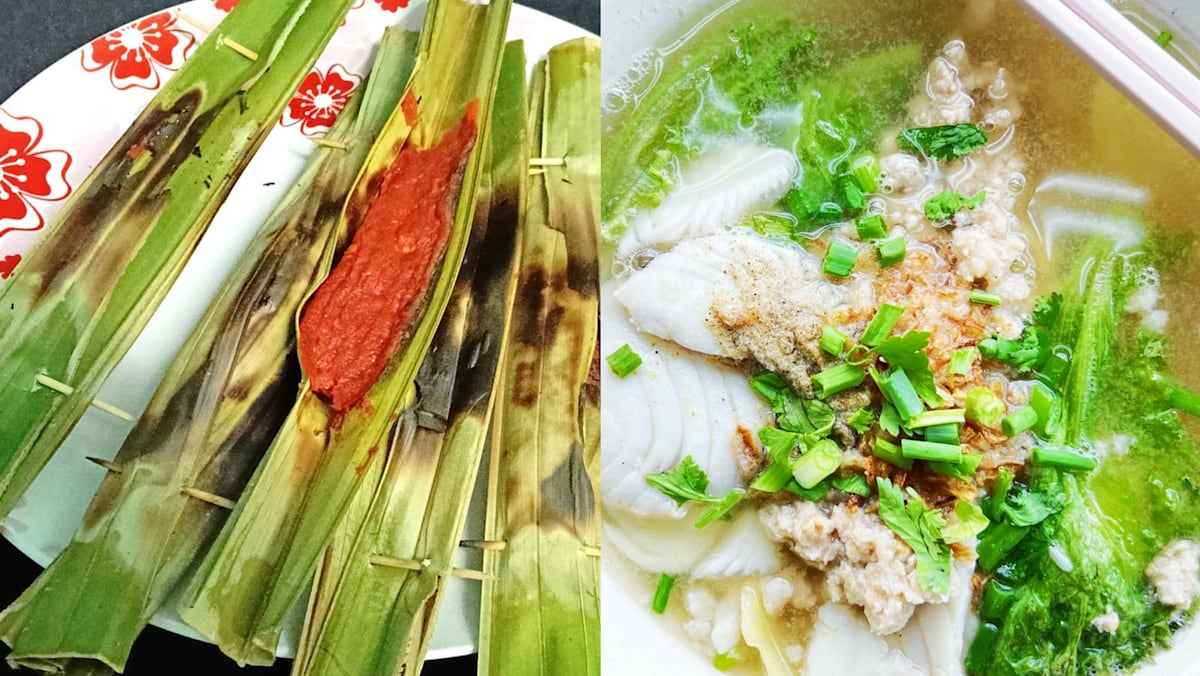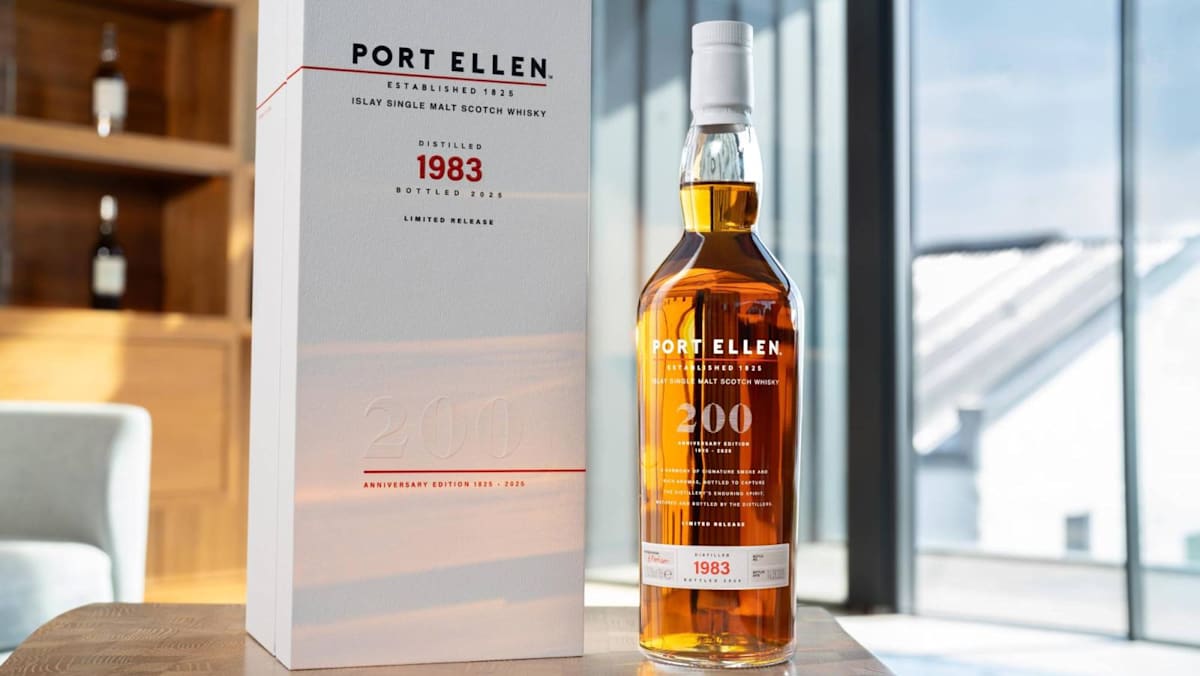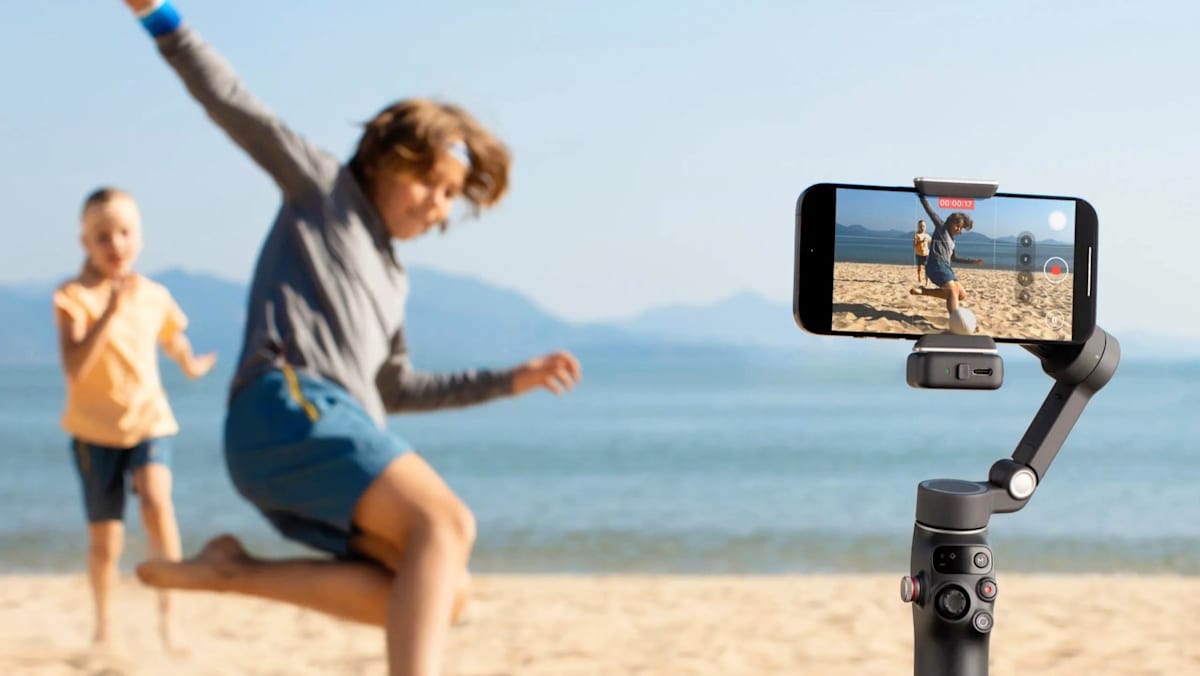There is a nuanced difference between silent and quiet luxury. Quiet luxury is a retreat from the democratisation of luxury offerings, where status is expressed through craftsmanship and material quality rather than logos. Silent luxury’s value is derived from longevity and authenticity, rather than novelty. It not only favours superior materials, exceptional craftsmanship, and cultural depth, products and designs tend to be timeless.
Spending in personal luxury goods segment slipped last year to €364 billion (US$426.05 billion; S$546.87 billion), from a post-pandemic rebound of €369 billion in 2023 (Bain & Co.). This will continue to slide between 1 per cent and 3 per cent at current exchange rates in 2025.
While global luxury goods spending is beginning to swing the other way from a rising pendulum, the experiential side of the market is outpacing the handbags and timepieces. For instance, luxury experiences maintained faster-than-average growth as consumers continued to move their spending to travel and social events. The market for experience-based goods (such as fine art and luxury cars) saw a dual trend, contracting in the most accessible segments and while growing among high-net-worth individuals in more absolute expressions of luxury. (Bain & Co.). Asia Pacific is driving roughly 35 per cent of that growth, thanks to an emerging generation of affluent millennials and Gen Z consumers from China, Korea, Japan, and Singapore.
Meanwhile, the Global Wellness Institute projects that wellness tourism alone will hit US$1.4 trillion globally by 2027, with Asia as its fastest-growing contributor. Notably, Thailand, Indonesia, and Japan are experiencing a boom in destination spas, silent retreats, and bespoke healing experiences.
According to Euromonitor, experiential dining is growing at nearly 9 per cent Compound Annual Growth Rate (CAGR) in Asia, compared to 4 per cent globally. Luxury dining, too, is trending inward. Michelin-starred experiences in the region are increasingly adopting no-logo menus, curated seating, and private chef events — some costing upwards of US$3,000 per guest.
